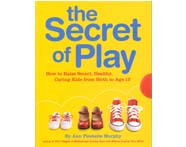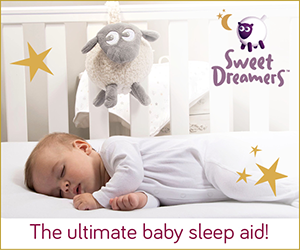Learning Play: What you’ll notice

Most toddlers say a handful of words by their first birthday, and continue adding a few here and there on a daily basis. Neuroscientists have figured out that 50 is the magic number: Once your toddler has mastered roughly four dozen words, a language explosion begins, and he’ll constantly surprise you with new adorably pronounced (or mispronounced) words. Most children say more than 150 by the time they are 20 months old; 300 or so by their second birthday. But if mum’s the word at your house, don’t panic. Kids develop the gift of gab at their own pace. In fact, an estimated 10 percent of toddlers talk later than do their peers. (Of course, if you’re concerned about this or any milestone, talk to your pediatrician.)
As the new words come tumbling out, it’s fun to watch children discover their own linguistic logic. Most toddlers, for instance, overgeneralize. “Doggie,” once reserved for the dachshund next door, may now refer to any four-legged animal. And if “Go!” was once a word that meant “stroller,” he may now apply it to a car, bus – even his jacket. Next come two-word phrases: “More sing” or “Me ball.” Your one-year-old’s listening skills are developing rapidly, too. He can look and listen at the same time and do so longer than before. In the months leading up to his second birthday, he’ll be able to point at pictures and objects when you ask, follow basic instructions, and – brace yourself – repeat words he hears in your conversations.
Why it’s happening
Toddlers turn talkative because of a major spurt in brain development. Language activity shifts from a large, unspecialized area of the cerebral cortex to the temporal-parietal areas, which include distinct brain centers that process comprehension (what words mean) and grammar (how words go together). As early as 16 months, children put their two word sentences in proper grammatical order, most of the time (“All gone!” “See kitty!”). The more he practices, the more sophisticated the wiring in this section of the brain becomes, laying the groundwork for a vocabulary bonanza.
How to have fun with it
The more you talk, the richer your toddler’s vocabulary will eventually be, so create a language-rich environment. Sing, recite nursery rhymes (he’ll enjoy the rhythm and repetition of familiar words), and talk about objects as you play. Ask plenty of questions, even if the answers only come in gesture form. Dialogue-filled games teach your future chatterbug that conversations consist of a certain pacing and give-and-take. Place a puppet (or sock) on each of your hands – or grab a couple of stuffed animals or little figures – and have them talk to each other in two different voices. Give him a puppet or stuffed animal, too, but don’t force him to do anything with it. It may be enough for him to take in the show you put on.
Read with your child every day, letting him choose the stories and turn the pages. Say things like, “Can you point to the apple?” or “Where’s the cow?” an exercise that lets him show off how many words he understands even if he can’t actually say them. Your delighted response to his correct answers will rev up his desire to chat even more.
Did You Know?
To understand the link between the listening and speaking areas of the brain in newborns, in six month- olds, and in one-year-olds, researchers at the University of Washington’s Institute for Brain and Learning Sciences used special equipment to monitor their brains. All three age groups showed activity in the area of the brain linked to listening and understanding speech. But only the one-year-olds showed simultaneous activity in the areas that hear language and produce language.
Excerpted from “The Secret of Play” by Ann Pleshette Murphy – copyright 2008 DK Publishing





